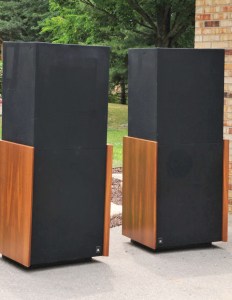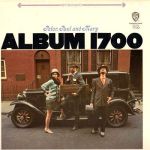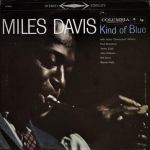
More of the Music of The Doors
Reviews and Commentaries for the Music of The Doors
It gets marked the sonic grade it earned.
If a Big Red E label pressing sounded better to us on side two, if it somehow managed to sound better than any of our Gold Label originals, then it would earn the top grade on side two.
Here is how we described a killer copy we had not long ago:
With a Triple Plus (A+++) shootout winning side two and a Double Plus (A++) side one, this copy is practically as good as it gets. The sound on this Gold Label pressing is incredibly powerful — big, rich, full-bodied, present and lively. It’s HUGE, RICH, and FULL-BODIED, exactly the way it should be.
But note that side two was clearly not as good as side one. Even the best early pressings cannot be relied on to get both sides right. The pressing above is proof. We discuss the issue in the commentary below.
What are the sonic qualities by which a Pop or Rock record — any Pop or Rock record — should be judged?
Pretty much the ones we discuss in most of our Hot Stamper listings: energy, vocal presence, frequency extension (on both ends), transparency, spaciousness, harmonic textures (freedom from smear is key), rhythmic drive, tonal correctness, fullness, richness, three-dimensionality, and on and on down the list.
When we can hear a good many of the qualities mentioned above on the side we’re playing, we provisionally award it a Hot Stamper grade. This grade is often revised over the course of the shootout, as we come to more fully appreciate just how good some of the other copies are.
Once we’ve been through all our side ones, we then play the best of the best against each other and arrive at a winner. Other copies have their grades raised or lowered depending on how they sounded relative to the shootout winner.
Repeat the process for the other side and the shootout is officially over. All that’s left is to see how the sides of each pressing match up.
That’s why the most common grade for a White Hot Stamper pressing is Triple Plus (A+++) on one side and Double Plus (A++) on the other.
Finding the two best sounding sides from a shootout on the same LP does happen, but it sure doesn’t happen as often as we would like (!) There are just too many variables in the mastering and pressing processes to ensure that level of consistency.
But some pressings pull it off, triumphing over all comers and winning the shootout for both sides. These very special Triple Triple pressings have their own section, separate from our White Hot Stamper pressings. If you want the ultimate in audiophile sound for any particular title, this is where you will find it.
At the time of this writing there were about four times as many records with one White Hot side as there were records with White Hot Stamper sound on each side.
Record shootouts may not be rocket science, but they’re a science of a kind, one with strict protocols we’ve developed over the course of many years to ensure that the sonic grades we assign to our Hot Stampers are as accurate as we can make them.
The result of all our work speaks for itself. We guarantee you have never heard this music sound better than it does on our Hot Stamper pressing — or your money back.
(more…)

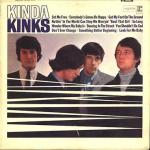
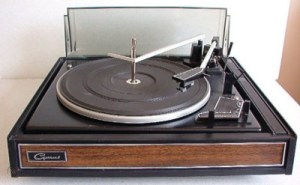 Inner Groove Distortion caused by the non-anti-skate-equipped turntables of the day is a chronic problem with rock and pop records from this era. We check all our records for Inner Groove Damage (IGD) as a matter of course when condition checking the surface quality of the vinyl.
Inner Groove Distortion caused by the non-anti-skate-equipped turntables of the day is a chronic problem with rock and pop records from this era. We check all our records for Inner Groove Damage (IGD) as a matter of course when condition checking the surface quality of the vinyl.